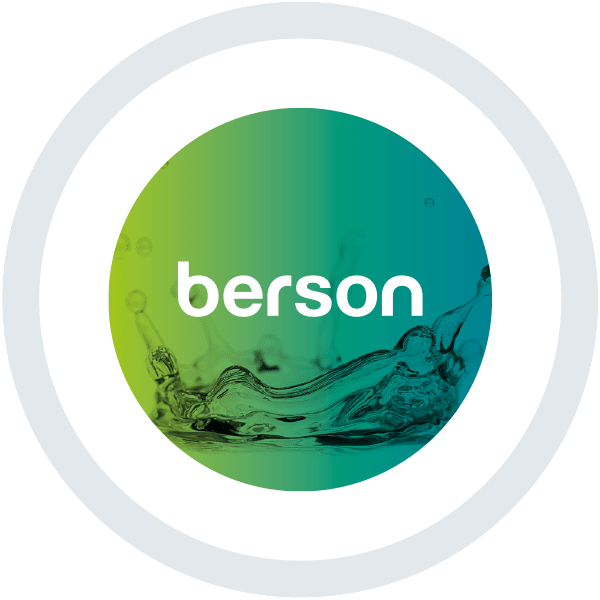Legionella in building water systems (Part 2: Prevention and Control)
By Saumya Garg
(Part 1 of this blog discussed Legionella outbreaks and the regulatory environment around the bacteria. In Part 2, we will look at some of the control and prevention tactics utilized by building water management personnel.)
To avoid Legionella contamination, the four primary objectives of any building water management personnel are to:
- Maintain water at a temperature unsuitable for Legionella growth
- Prevent water stagnation
- Disinfect water adequately
- Maintain plumbing infrastructure to prevent scale, corrosion, and biofilm formation
It is imperative that these personnel maintain adequate levels of disinfectant at the source of water supply and monitor disinfectant levels by sampling water from various outlets. The most effective disinfectant against Legionella is free chlorine. In fact, per CDC recommendations, post contamination, repeated flushes with high concentrations of free chlorine is the most efficient method to eliminate Legionella biofilms that may have built up on pipe surfaces.

Since Legionella bacteria is only dangerous when inhaled, the efficacy of water disinfection greatly depends on the structure, size and type of the building. For example, hospitals need a building wide disinfection system, whereas, spa facilities need only disinfect their hot tubs and showers. Further, the level of disinfection varies with the location of water supply. For example, it has been found that the entry and exit points of water in a building are especially susceptible to Legionella contamination. All these complexities, coupled with the fact that high water temperatures deplete residual chlorine, it is advisable to incorporate a secondary means for disinfection in a buildings’ water system.
A recent research study recommends the use of UV systems for preventing bacterial contamination. The study suggests that UV technology can be successfully used in various places along the entire water system of a building, such as, in water storage tanks or their inlet/outlets.
Although enough evidence exists on the efficacy of ultraviolet light-based disinfection, it is not advisable to use UV as the sole means for disinfection of Legionella. It has been found that Legionella bacteria that coexist with amoebae (and some other protozoans) do not get killed by UV rays. This is because Legionella has the unique ability to grow and multiply inside amoebae even after UV irradiation. Hence, it is best to utilize UV systems coupled with other primary disinfection mechanisms to prevent Legionella contamination of water systems.









